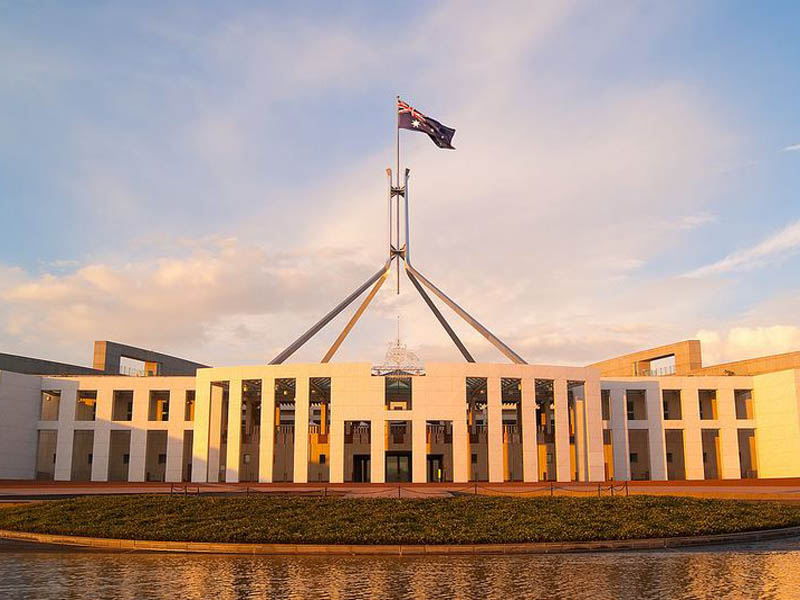Startups in their critical newborn years need to be fed their R&D refunds more regularly than once every 12 months or risk death by cash starvation.
For startups in the first 24 to 36 months of existence every cash flow dollar is crucial, especially when it comes to getting the people on board to execute the vision.
Under the current R&D tax regime, companies with a turnover of less than $20 million a year can score a 45 percent refundable tax offset on R&D expenses. The idea is to provide cash flow assistance and boost confidence in carrying out R&D.

While the R&D Tax Incentive, the Federal government’s largest wellspring of assistance to baby innovation companies, is very welcome, the long 12 month wait for a payout is not.
“The message we get from startups is that they are having to delay hiring and/or borrow against their future R&D payments in order to continue growing,” says Alex McCauley, CEO of StartupAUS.
“From a cash flow perspective a really big payment at the end of the financial year doesn’t make much sense,” he says. “A lot of these companies need to grow very quickly and not have to wait a year before they can employ their next round of people.”
To help cover the 12 month gap in R&D tax refunds, a mini loan industry has grown up to serve cash-strapped startups, mainly from firms offering R&D tax advice.
“Startups are having to borrow at pretty high interest rates against that future income,” says Mr McCauley. “The firms say the rate is a reasonable 2 per cent a month, but annualised that works out at a rate of 25 per cent compounding monthly. Good on these guys for filling the gap, but if the government was doing it, it would increase the efficiency of the scheme.”
Mr McCauley says the R&D refunds should be paid quarterly and hopes the reform will become part of a review into the R&D tax process currently underway by the Federal government.
He says the refund may have been set up as yearly payment for federal budget reasons and that recent discussions with Innovation, Industry and Science Minister Greg Hunt about making the payment quarterly have been promising. If a change in the payment schedule were to be made, it would likely happen around the time of the 2017 Budget.
The review is aimed at securing the sustainability of the R&D incentive program.
The review includes a report into the R&D incentive program undertaken by Chair of Innovation Australia Bill Ferris, Australia’s Chief Scientist Alan Finkel and Secretary to the Treasury John Fraser.
The initial report was released late last month for public consultation, and submissions are invited up until October 28.
The R&D Tax Incentive is estimated to have cost government $3 billion in the 2013/2014 and supported about13,700 companies performing $19.5 billion worth of R&D.
A recommendation from the review seeks to introduce a cap of $2 million on the annual cash refund payable, with remaining offsets to be carried forward for use against future taxable income.
Mr McCauley believes the cap is too low and argues that increasing use of the R&D refund is evidence that the program is doing its job in furthering local R&D activity.
If there is to be a cap, he says it should be much larger, roughly double the proposed $2 million.
On the plus side, the report urges that making use of the R&D scheme should be simplified.
While it says the current definition of eligible activities and expenses under the law should be retained, new guidance needs to be developed ‘including plain English summaries, case studies and public rulings, to give greater clarity to the scope of eligible activities and expenses.’
Amendment: This story has been updated for clarity
Do you know more? Contact James Riley via Email.

